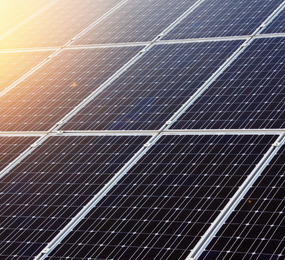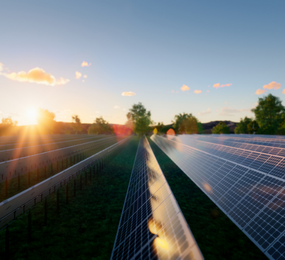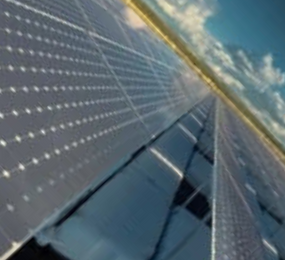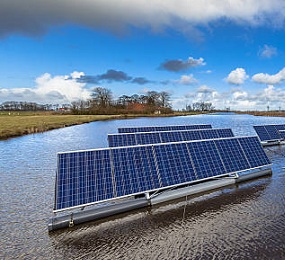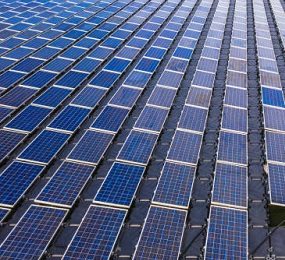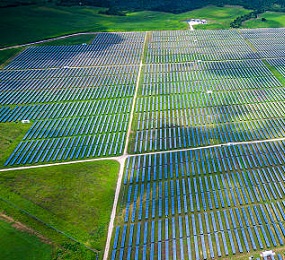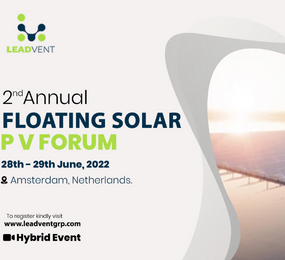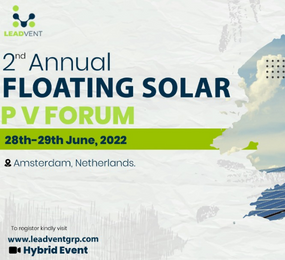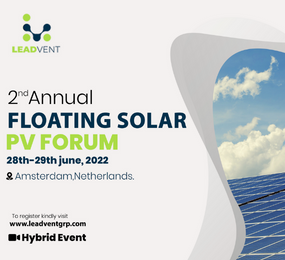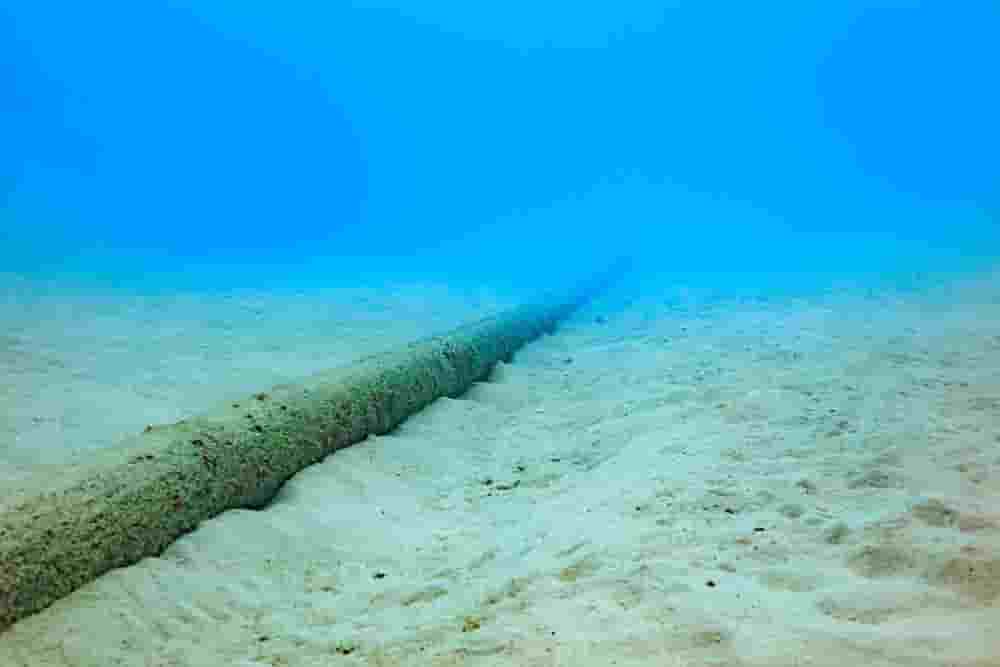A creative and potential replacement for traditional land-based solar power systems are floating solar power systems. They are especially helpful in locations with plentiful water surfaces but limited or expensive land. We will discuss the innovation and technological cost of floating solar power systems in this article.
Technology Cost
The cost of floating solar power systems varies depending on a number of variables, including the platform size and weight, the type of photovoltaic panel utilised, and the installation and maintenance needs. Nonetheless, in some circumstances, floating solar power systems may prove to be more cost-efficient than land-based solar power systems.
Floating solar power systems have the benefit of lowering the price of land acquisition, which can account for a sizable amount of the cost of land-based solar power systems. As the photovoltaic panels can be angled to maximise solar exposure and can take advantage of the water's natural cooling effects, floating solar power systems can sometimes produce more electricity than land-based solar power systems.
Innovation
As a relatively new technology, floating solar power systems are always being researched and developed to find new ways to boost their effectiveness, robustness, and affordability. The following are some of the areas of floating solar power system research and innovation currently underway:
Materials and Manufacturing: To increase the strength, durability, and weight of the floating platforms, researchers are looking into new materials such as polymers, composites, and lightweight metals. Utilising modern manufacturing methods, like 3D printing, can also lower production costs and increase product quality of the platforms.
Photovoltaic Panel Technology: To increase the effectiveness and affordability of the panels, researchers are creating novel photovoltaic panel technologies such tandem solar cells and thin-film solar cells. These innovations may also enable the panels to be lighter and thinner, which may improve their suitability for usage in floating solar power systems.
New mooring techniques and cables are being developed by researchers to increase the stability and toughness of platforms in abrasive marine conditions. The strength and adaptability of the mooring systems and cables can also be increased by the use of novel materials like fibre-reinforced plastics and high-strength steel.
Energy Storage: To store the energy produced by floating solar power systems, researchers are looking at new energy storage technologies including batteries and hydrogen fuel cells. Energy storage can increase the systems' flexibility and dependability, making them more suitable for usage in off-grid and distant regions.
Finally, it can be said that floating solar power systems are a promising technology that can offer a dependable supply of clean energy while minimizing the impact on the land and water resources. The efficiency, longevity, and cost-effectiveness of floating solar power systems are currently being explored through ongoing research and development; these advancements are crucial for the widespread adoption of this technology.
To find out more details about Floating Solar: Technology cost and innovation, join us on 27th - 28th June, 2023 for the 3rd Annual Floating Solar PV Forum, in Amsterdam Netherlands.
To register or learn more about the Forum please check here: https://bit.ly/3zVvdfN.
For more information and group participation, contact us: [email protected]


